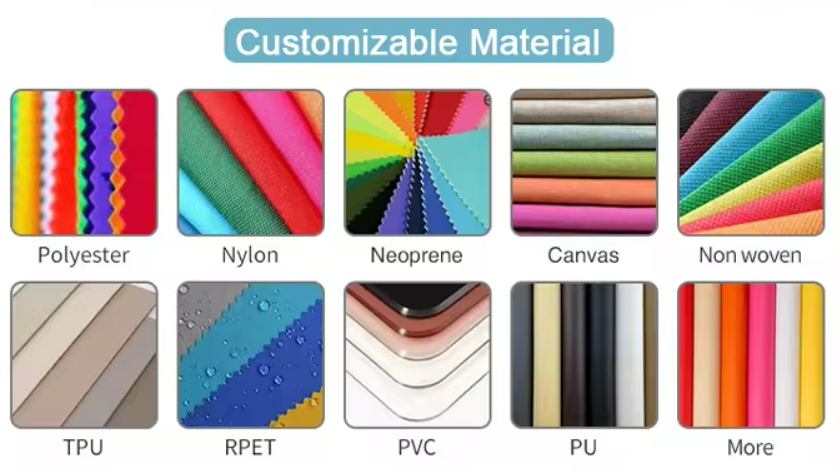No products in the cart.
News
How to choose tool bag materials?
Choosing the right material for a tool bag depends on factors like durability, weight, and specific job requirements. Here’s a breakdown:
Canvas:
Canvas tool bag is durable, lightweight, and affordable. It’s also water-resistant to some extent and can handle moderate wear and tear.
Cons: While durable, canvas isn’t as rugged as some other materials. It may not provide as much protection against sharp or heavy tools.

Nylon:
Nylon tool bag is lightweight, durable, and resistant to abrasion. It often comes with additional features like multiple pockets and reinforced stitching.
Cons: While durable, nylon may not be as resistant to sharp objects as other materials like leather.

Leather:
Leather tool bag is extremely durable and offers excellent protection against sharp and heavy tools. It also has a classic and professional appearance.
Cons: Leather can be heavier and more expensive compared to other materials. It also requires regular maintenance to keep it in good condition.

Polyester:
Polyester tool bag is lightweight, durable, and resistant to water and mildew. It’s often used in high-quality tool bags due to its strength and weather resistance.
Cons: While strong, polyester may not provide as much protection against sharp tools as other materials like leather.

Plastic/Hard Shell:
Hard shell tool bags provide excellent protection for tools, especially against impact and weather. They’re often waterproof and easy to clean.
Cons: They can be bulky and heavy, making them less convenient for carrying around. They may also lack flexibility compared to softer materials.
Consider the type of tools you’ll be carrying, the working conditions (e.g., indoor or outdoor, wet or dry), and your personal preferences in terms of weight and appearance when choosing the material for your tool bag.

